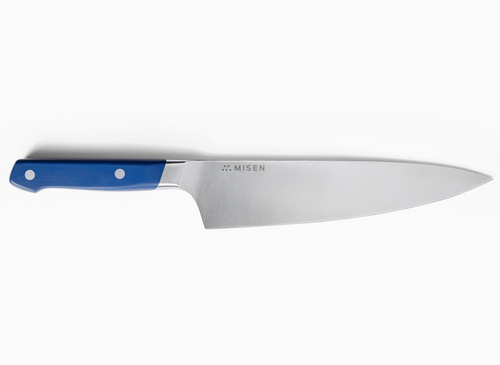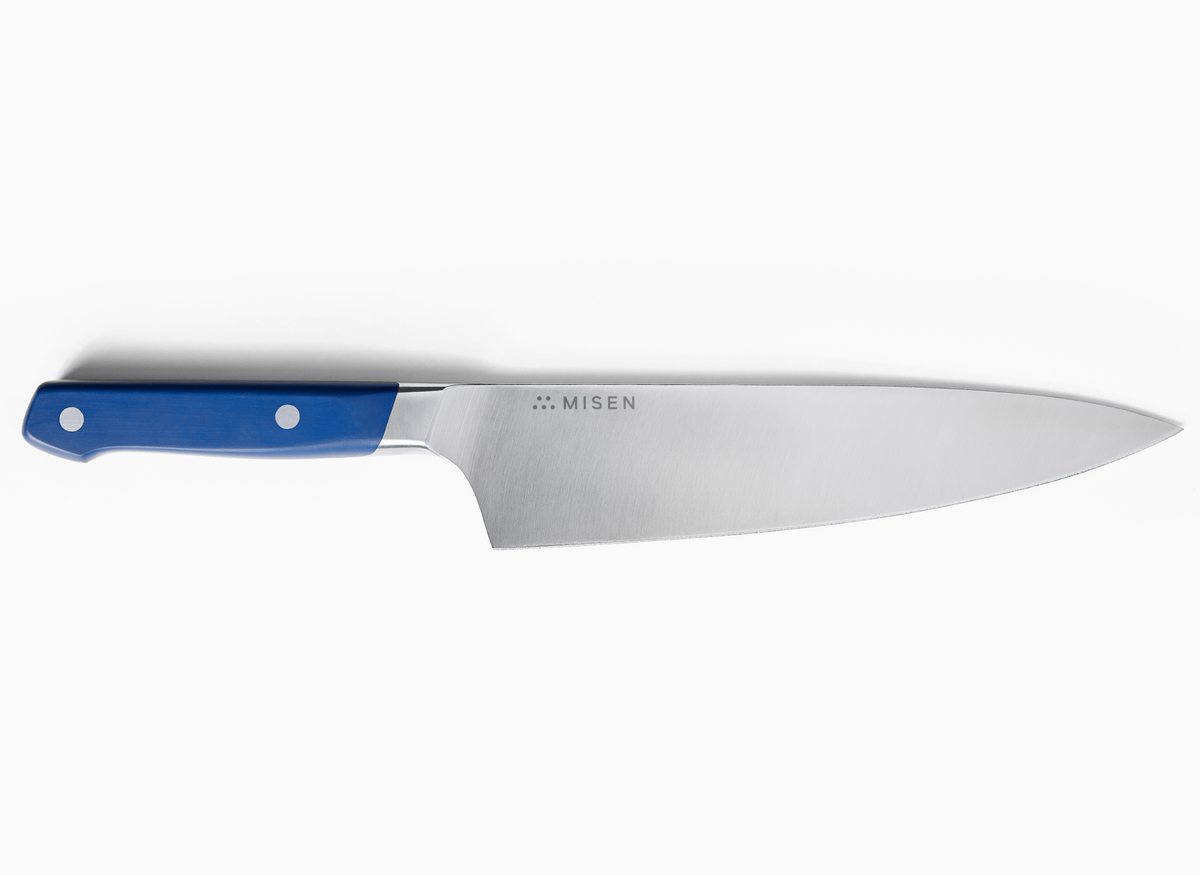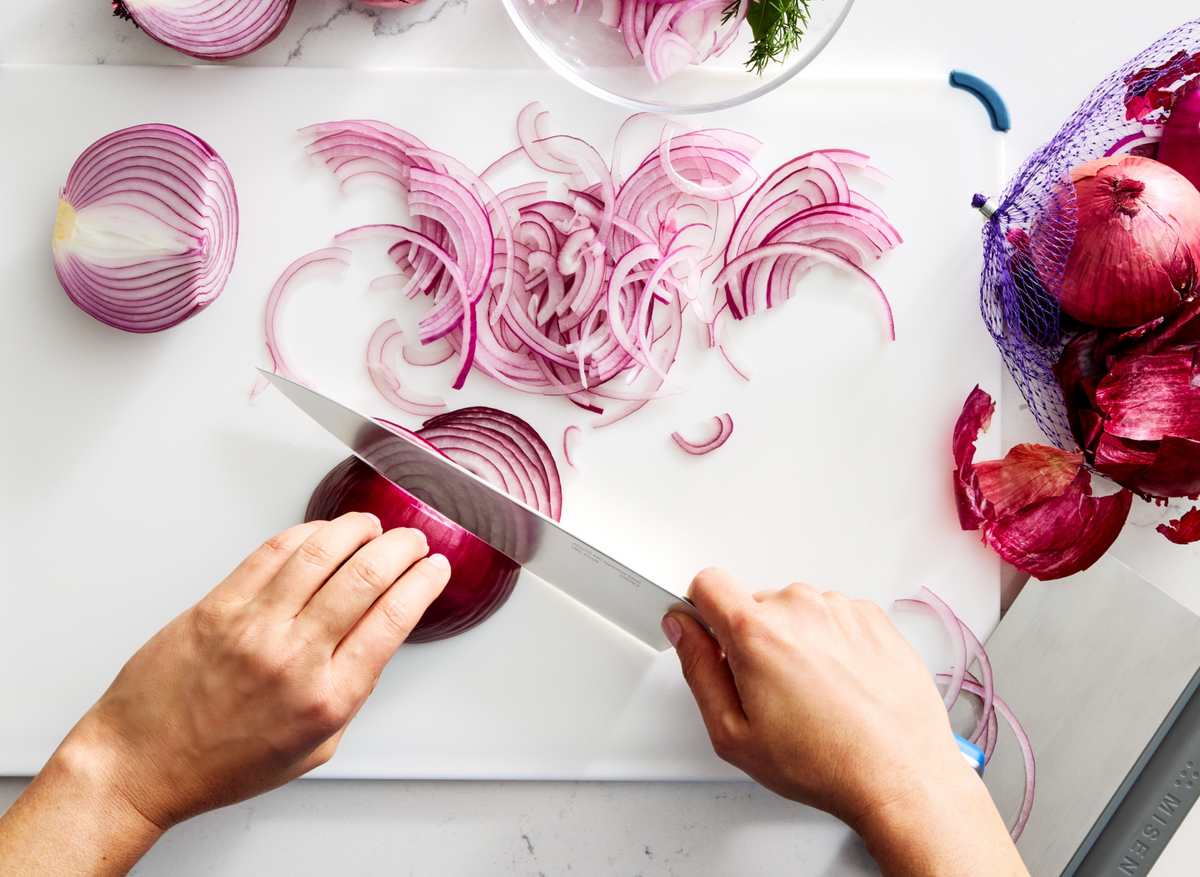Carbon Steel vs Cast Iron: A Comprehensive Comparison

This article compares carbon steel and cast iron cookware, exploring their composition, properties, and performance in the kitchen. We'll examine the unique characteristics of each material to help you choose the right cookware for your needs.
Introduction
When it comes to durable, versatile cookware, carbon steel and cast iron are two materials that often come to mind. Both have loyal followings among home cooks and professional chefs alike. But what exactly sets these two materials apart? Let's dive into a detailed comparison to help you understand the strengths and potential drawbacks of each.
Composition and Manufacturing Process
Carbon Steel
Carbon steel cookware is composed of roughly 99% iron and 1% carbon[1]. This composition results in a material that's lighter and more pliable than cast iron, while still offering excellent heat retention and durability. The manufacturing process for carbon steel cookware involves cutting and pressing carbon steel sheets into the desired pan shape, allowing for thinner and lighter products.
Cast Iron
Cast iron, on the other hand, contains 2 to 3.5% carbon, making it more brittle and requiring thicker, heavier construction[2]. The traditional manufacturing process for cast iron involves melting iron blocks with carbon and pouring the mixture into molds made of sand, water, and clay[3].
Physical Properties and Performance
Weight and Thickness
One of the most noticeable differences between carbon steel and cast iron is their weight. A 12-inch carbon steel pan typically weighs around 4.8 pounds, while a cast iron pan of the same size can weigh up to 6.6 pounds[4]. This weight difference becomes more pronounced with larger sizes, making carbon steel a more maneuverable option in the kitchen.
Heat Conductivity and Retention
Both materials excel at heat retention, but they differ in their responsiveness to temperature changes. Cast iron, with its thicker construction, takes longer to heat up but maintains a consistent temperature for extended periods. This property makes it ideal for tasks like searing steaks or baking cornbread.
Carbon steel, being thinner, heats up and cools down more rapidly. This responsiveness allows for precise temperature control, making it particularly suitable for techniques requiring quick adjustments, such as sautéing or stir-frying. Our carbon steel pan, for instance, offers excellent heat distribution and responsiveness, making it a versatile choice for various cooking methods.
Seasoning Process and Non-stick Properties
Both carbon steel and cast iron require seasoning to develop non-stick properties and protect against rust. The process involves heating the pan and applying thin layers of oil repeatedly, creating a polymerized surface that improves with use. Carbon steel's smoother surface often allows for a more even seasoning layer, potentially making it easier to achieve and maintain non-stick properties[5].
Cooking Performance and Versatility
Temperature Responsiveness and Control
The superior temperature control of carbon steel pans is particularly evident when cooking foods that require careful heat management, such as eggs or fish. The ability to quickly adjust the heat can significantly impact the final result[6].
Suitability for Different Cooking Techniques
While there is significant overlap in their capabilities, carbon steel and cast iron each have their strengths. Cast iron excels in tasks requiring consistent high temperatures, such as searing steaks or shallow-frying chicken. Carbon steel's lighter weight and faster heating properties make it superior for sautéing and stir-frying. The sloped sides of most carbon steel pans facilitate easy food tossing, a crucial technique in these cooking methods[7].
Compatibility with Various Heat Sources
Both carbon steel and cast iron are compatible with a wide range of heat sources, including gas, electric, and induction cooktops. They also transition seamlessly from stovetop to oven, offering versatility in cooking methods. However, carbon steel has a slight edge on induction cooktops, especially for larger vessels like woks, as its thinner construction allows for better heat distribution and fewer hotspots[8].
Maintenance and Longevity
Cleaning Methods and Requirements
Cleaning methods for both materials are similar. For well-seasoned pans, a simple wipe with a cloth or paper towel is often sufficient. For tougher cleaning tasks, a mixture of coarse salt and oil can be used as a gentle abrasive. It's important to thoroughly dry the pans after cleaning to prevent rust formation.
Rust Prevention and Seasoning Maintenance
Proper care is crucial for preventing rust and maintaining the seasoning on both carbon steel and cast iron cookware. After each use, thoroughly dry the pan and apply a thin layer of oil to create a barrier against humidity[9]. Regular use and proper seasoning contribute to the development of a robust, non-stick surface over time.
Durability and Lifespan Expectations
Both carbon steel and cast iron cookware are known for their exceptional durability and longevity. With proper care, these pans can last for generations, often becoming cherished family heirlooms. The ability to restore even neglected pieces further underscores their long-lasting nature.
Conclusion
Both carbon steel and cast iron offer unique benefits in the kitchen. Your choice between the two will depend on your specific cooking needs and preferences. Carbon steel's lighter weight and responsiveness make it ideal for quick, high-heat cooking methods, while cast iron's superior heat retention excels in slow-cooking and high-temperature searing.
Whichever material you choose, investing in quality cookware is an investment in your culinary future. Ready to elevate your cooking game? Shop Now and discover the perfect cookware for your kitchen.
- Carbon steel is lighter and more responsive to temperature changes than cast iron.
- Cast iron excels in heat retention and is ideal for high-temperature searing.
- Both materials require seasoning to develop non-stick properties and prevent rust.
- Carbon steel's smoother surface often results in better non-stick performance.
- With proper care, both carbon steel and cast iron cookware can last for generations.
- America's Test Kitchen. Carbon Steel vs. Cast Iron
- The Spruce Eats. Carbon Steel vs. Cast Iron Pans: What's the Difference?
- Field Company. Carbon Steel vs. Cast Iron: Similarities and Differences
- Blacksmith Skillets. Weights
- Serious Eats. What Makes Carbon Steel Pans Great Cast Iron Cookware
- Epicurious. Best Carbon Steel Skillets
- Serious Eats. What Makes Carbon Steel Pans Great Cast Iron Cookware
- Stack Exchange. Cast Iron, Forged Iron, or Carbon Steel Pan for Induction
- De Buyer USA. Carbon Steel Guide








